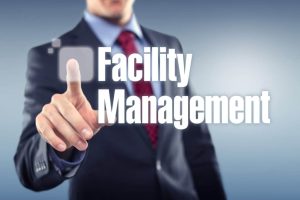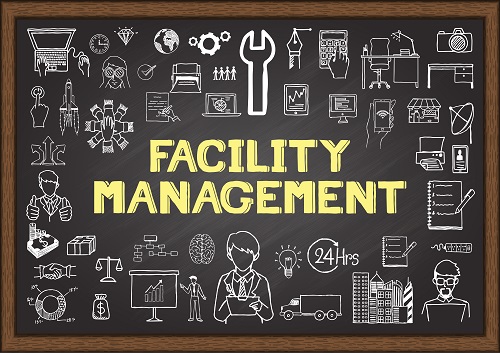Welcome to the world of Facilities Management – where seamless operations, efficient spaces, and innovative solutions converge to create optimal working environments. In this blog post, we will delve into the secrets behind adequate facilities management practices and explore real-life case studies that showcase the impact of strategic facility management. Join us on a journey to unlock the potential of your workspace and elevate your organization’s performance through best-in-class facility management strategies!
Facilities Management encompasses the holistic management of an organization’s physical spaces, infrastructure, and services. It goes beyond just maintaining buildings; it involves optimizing space utilization, ensuring safety and compliance, and enhancing the overall employee experience.
Facilities managers oversee various operational functions from office buildings to manufacturing plants to create functional and productive work environments. They handle everything from maintenance planning and energy efficiency initiatives to security protocols and emergency preparedness.
Facilities Management is about harmonizing the built environment with organizational goals to support business operations effectively. It requires a strategic approach that aligns facility resources with the needs of employees and stakeholders while driving cost-efficiency and sustainability initiatives forward.
The Importance of Effective Management
 Facilities management is crucial in ensuring the smooth operation of businesses and organizations. Effective facilities management is essential for creating a safe and productive work environment, from maintaining office spaces to overseeing security protocols. It encompasses various aspects such as maintenance, cleaning, space planning, and sustainability initiatives.
Facilities management is crucial in ensuring the smooth operation of businesses and organizations. Effective facilities management is essential for creating a safe and productive work environment, from maintaining office spaces to overseeing security protocols. It encompasses various aspects such as maintenance, cleaning, space planning, and sustainability initiatives.
Companies can enhance employee satisfaction and retention rates by investing in proper facilities management practices. A well-maintained workspace not only boosts morale but also contributes to increased productivity levels. Additionally, efficient facilities can lead to cost savings in the long run by preventing unnecessary repairs or replacements.
Moreover, with the rise of remote work arrangements and flexible schedules, facilities has adapted to accommodate new trends like hot-desking and shared workspaces. This adaptability ensures that businesses remain agile and responsive to changing workforce needs.
In today’s competitive business landscape, adequate facilities management is no longer just a support function; it’s a strategic asset that drives operational excellence and fosters organizational success.
Best Practices for Facilities Management
Incorporating best practices is critical to ensuring smooth operations and optimal performance in facilities management. One fundamental best practice is regular maintenance and inspections to address issues proactively before they escalate. This includes keeping track of equipment lifespan and scheduling timely replacements or upgrades.
Effective communication among all stakeholders is also crucial for successful facilities management. Clear communication channels help address concerns promptly and foster a collaborative work environment. Additionally, implementing sustainable practices not only reduces environmental impact but also cuts down on operational costs in the long run.
A comprehensive emergency preparedness plan can mitigate risks during unforeseen events such as natural disasters or emergencies. Regular training sessions for staff on safety protocols enhance readiness and response efficiency when faced with critical situations.
Continuous improvement through feedback collection from employees and users allows for ongoing refinement of facilities management strategies. Embracing technology solutions like CMMS software streamlines processes enhances productivity, and provides valuable data insights for informed decision-making.
Technology and Innovation in Facilities Management
By embracing technology and innovation in facilities management, organizations can streamline operations, increase efficiency, and enhance the workplace experience. Technological advancements, from IoT sensors to AI-powered analytics, are revolutionizing how facilities are managed.
Incorporating intelligent building solutions can help monitor energy usage, optimize space utilization, and detect maintenance issues proactively. Virtual reality tools enable better planning for renovations or new construction projects. Mobile apps simplify work order management and communication between facility teams.
By staying current with the latest technological trends and continuously seeking innovative solutions. Facilities managers can unlock new opportunities to improve productivity, reduce costs, and create more sustainable environments for employees and visitors. Embracing technology is not just a trend; it’s necessary in today’s fast-paced business world, where efficient management is critical to driving success.







